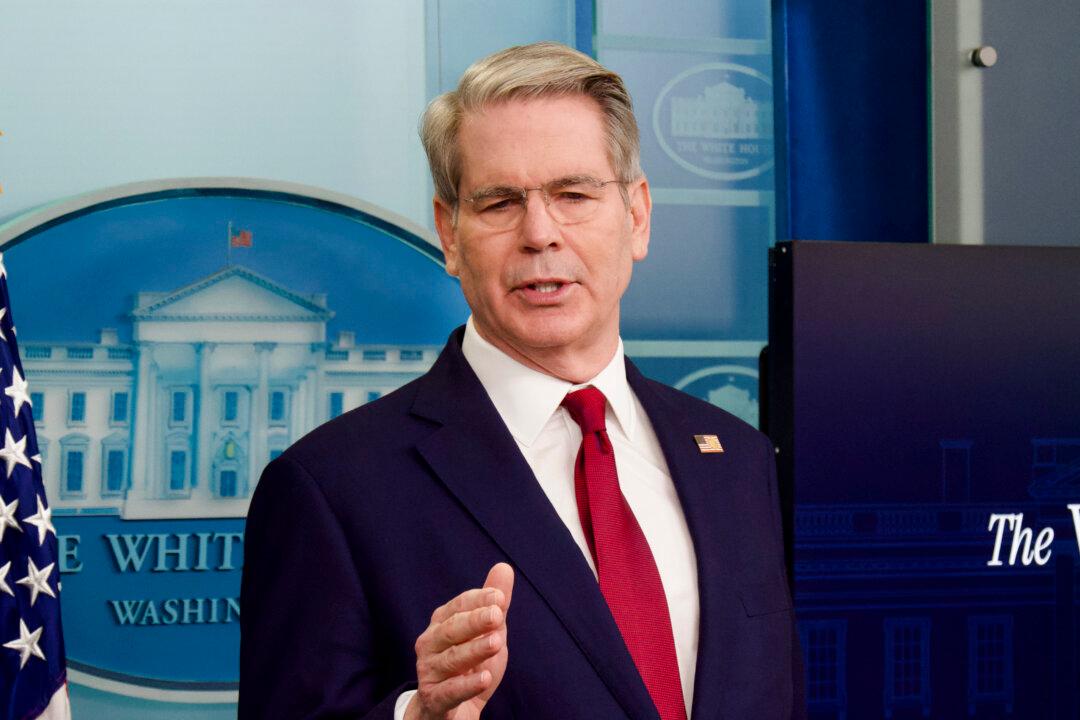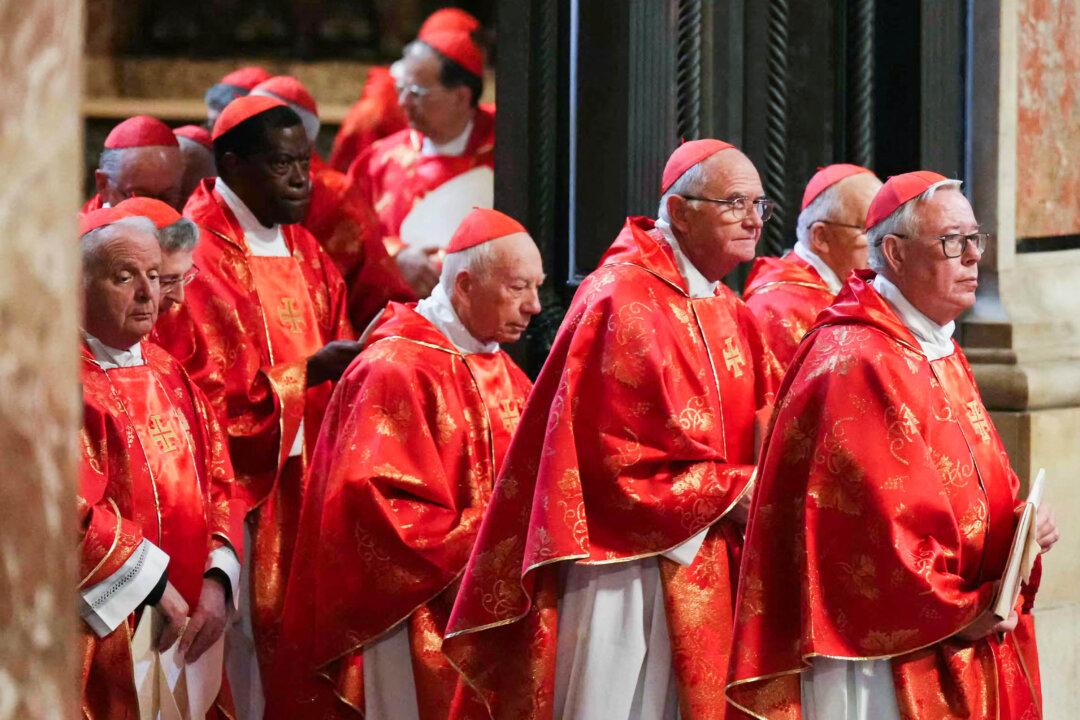Treasury Secretary Scott Bessent and U.S. Trade Representative (USTR) Jamieson Greer will meet with their Chinese counterparts this week.
Trump announced on May 6 that the Chinese regime wants to engage with the United States as its economy feels the impact of the tariffs.
“They want to meet, and they’re doing no business right now,” Trump told reporters during his meeting with Canadian Prime Minister Mark Carney.
“They’re suffering greatly. Their economy is suffering greatly because they’re not doing trade with the United States.”
This meeting comes after Beijing publicly refused Trump’s signaled willingness to lower or pause the current tariffs on the Chinese Communist Party (CCP) if its leaders agree to negotiations.
“They are going to do very well, and I think they’re going to be happy, and I think we’re going to live together very happily and, ideally, work together,” Trump told reporters at the Oval Office on April 22.
Currently, U.S. tariffs on many Chinese imports stand at 145 percent.
According to the White House, some Chinese products, including electric vehicles and syringes, face tariffs as high as 245 percent because of the combined effect of reciprocal levies, tariffs imposed in response to fentanyl precursors from China, and Section 301 tariffs imposed during both the Trump and Biden administrations, which range from about 7.5 percent to 100 percent.
Meanwhile, Beijing upped its tariffs on U.S. goods from 84 percent to 125 percent.
In recent years, there has been a rise in transshipment by Chinese companies to avoid U.S. tariffs.
Trump has spoken about his plan to close these loopholes and has called on Mexico to raise its tariffs on Chinese goods to stop Beijing from using the country as a backdoor into the U.S. market.







